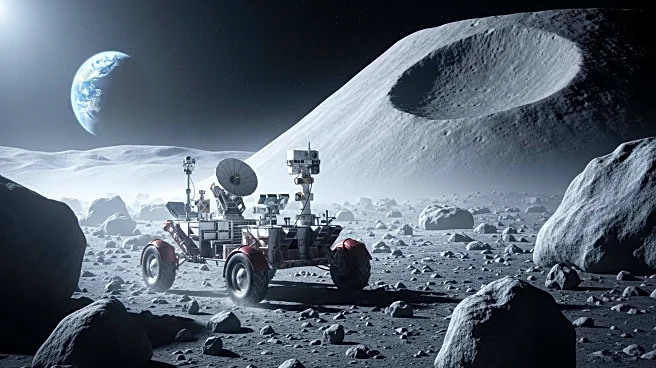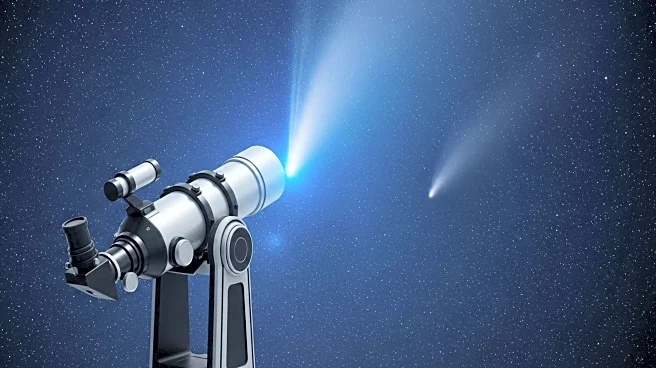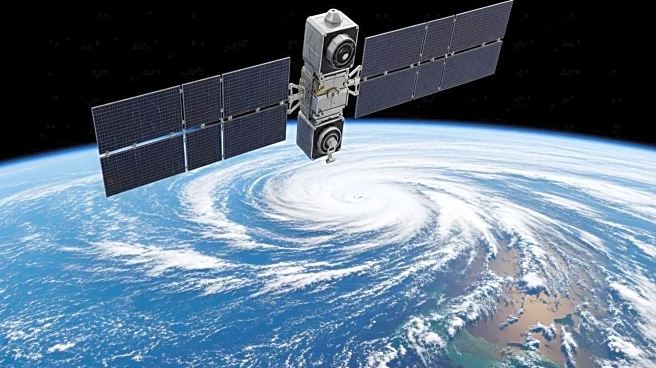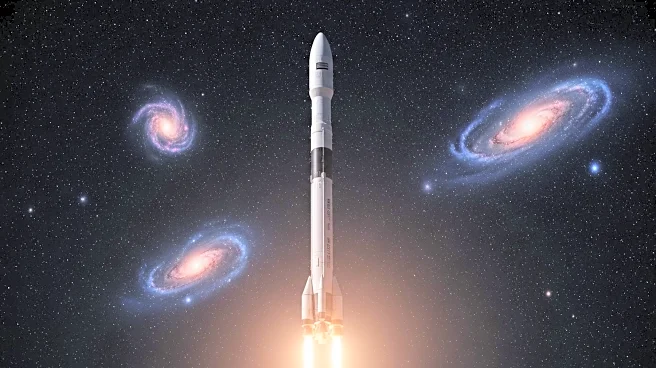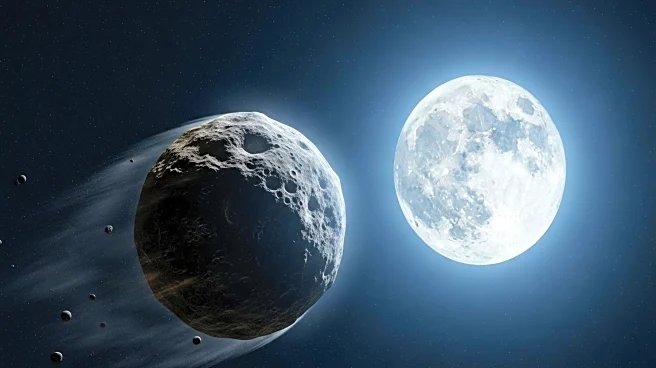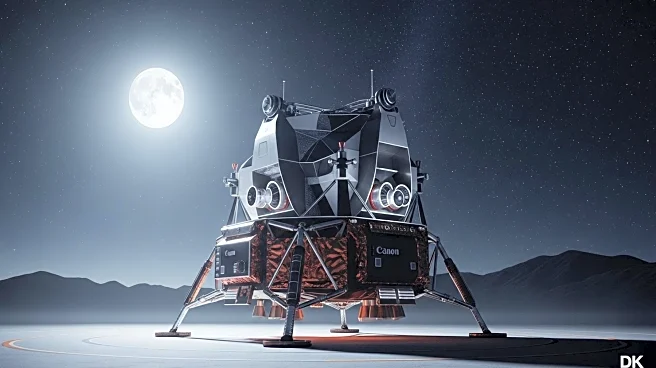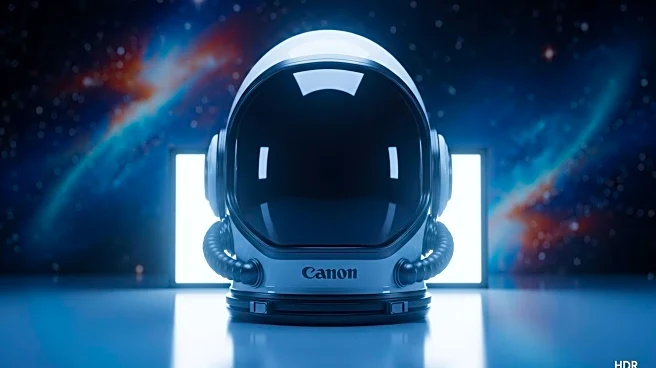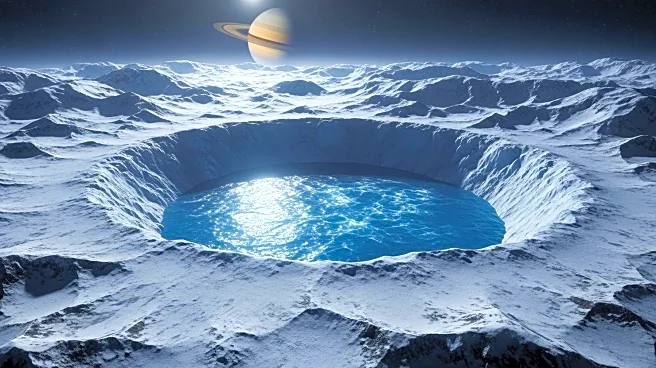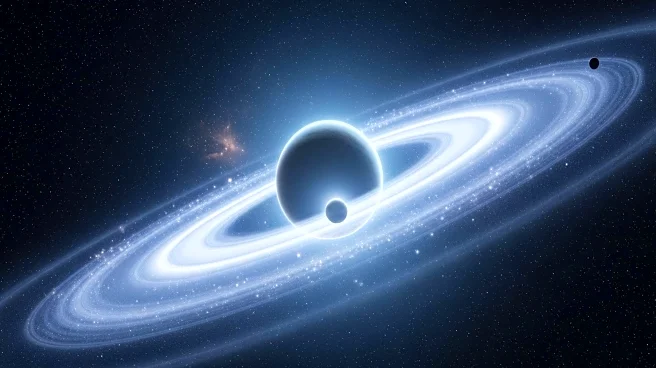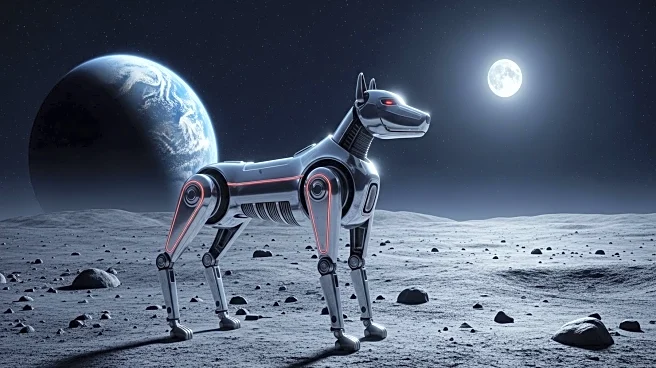What's Happening?
NASA's Artemis program is set to land astronauts on the Moon's South Pole-Aitken (SPA) basin, the largest and oldest impact crater, in two years. Recent studies suggest the SPA basin was formed by a glancing blow rather than a direct asteroid impact, offering new insights into the Moon's geological history. The region is rich in ejecta from the Moon's interior, potentially revealing more about its evolution. The Artemis mission aims to collect samples that could provide significant information about the Moon's early development.
Why It's Important?
The Artemis mission is crucial for understanding the Moon's geological history and its formation. By studying the SPA basin, scientists hope to uncover details about the Moon's crust and mantle, which could have broader implications for planetary science. The mission also marks a significant step in NASA's efforts to establish a permanent presence on the Moon, competing with other nations like China in space exploration. The findings could influence future lunar missions and the development of lunar bases.
What's Next?
NASA plans to land astronauts on the SPA basin within two years, with the Artemis program continuing to prepare for this mission. The samples collected will be analyzed on Earth, potentially leading to new discoveries about the Moon's formation and evolution. The mission is part of a broader strategy to return humans to the Moon and establish a sustainable lunar presence.
Beyond the Headlines
The Artemis mission could redefine our understanding of the Moon's geological processes and its asymmetrical crust formation. The study of KREEP-rich materials may offer insights into the Moon's volcanic activity and its impact on lunar evolution. The mission also highlights the importance of international collaboration and competition in advancing space exploration.

